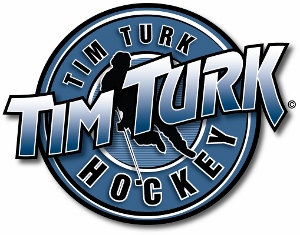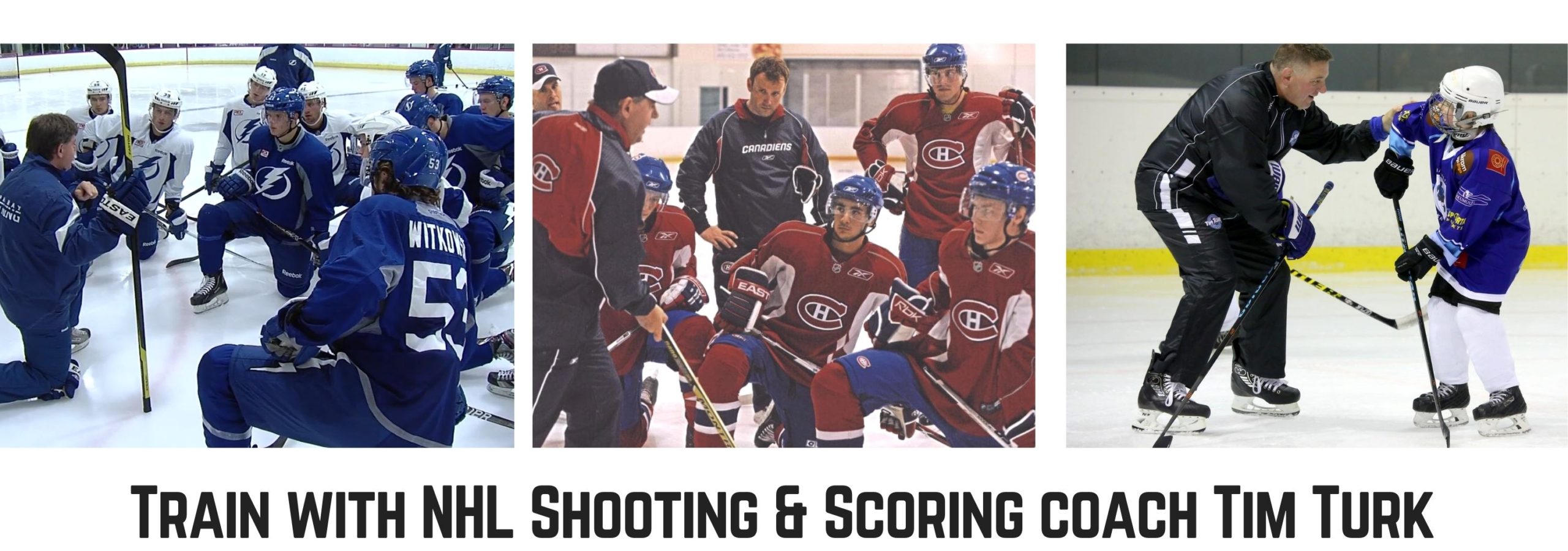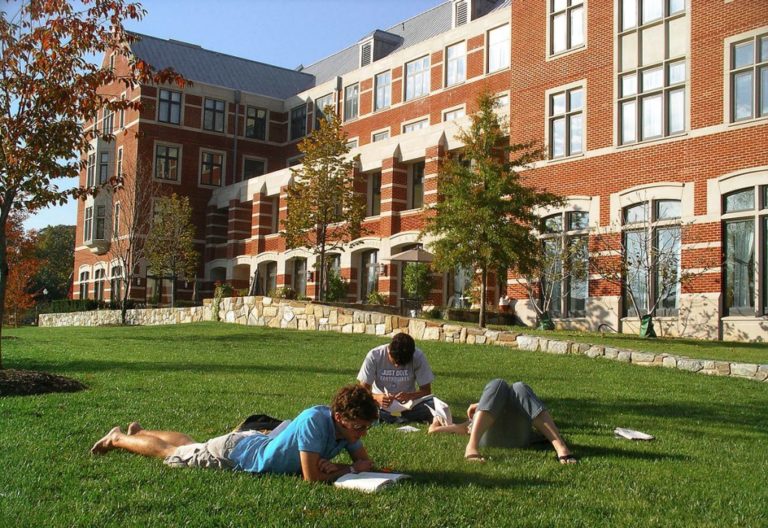What do Jonathon Toews, Sidney Crosby and Zach Parise have in common ? They all attended Shattuck – St. Mary’s hockey preparatory school. Coaches and parents who see potential in a budding hockey player at some point may consider preparatory school as a means to further develop a player’s skill set.
Preparatory schools are university preparatory schools for students from grades 9 – 12. These school are usually co – ed and have a low student – teacher ratio. Some schools provide room and board, while others are only day schools. Preparatory school sizes can range from 150 – 1000 students.
Additionally, schools vary in admission process, programs and size. Some preparatory schools are more competitive than others. The learning expectations and academic curriculums also differ. Some believe students who do attend preparatory schools tend to be more mature than those that don’t. This can be possibly attributed to the fact that these students are forced to develop study skills and independent life skills more quickly than other students.
Canada offers hockey preparatory schools in provinces such as Alberta, Ontario, Manitoba, New Brunswick and Quebec. There are also various preparatory schools throughout the United States, with one of the highest concentration in the New England area, which consists of Connecticut, Maine, Vermont, Massachusetts, New Hampshire and Rhode Island.
Preparatory schools with programs dedicated to hockey in North America attracts international talent. A hockey player’s competitive edge is cultivated in these environments. Unlike regular schools, preparatory schools tend to have their own ice rinks. This allows extended practice times. A sample practice time may be one hour and a half to two hours, Monday thru Thursday usually before school with games and tournaments on weekends.
Despite such appeal, attending a preparatory school doesn’t mean a student will be a part of the school team’s roster. All schools have tryouts and although the player may have a strong skill set, schools also want to ensure that players that will be a right fit for their team. There are some schools that are not as competitive and will allow a variety of students to play. Other schools that are Division I, II or III are more stringent on the type of players will be a part of their roster.
The admission process for schools starts in the fall/winter prior to September enrollment. Different schools have different application processes. For example, the admission process for St. Andrew’s College in Aurora, Ontario is completed online and requires documents to be sent via fax. Many preparatory schools require writing either the Canadian Achievement Test (CAT) or the Secondary School Assessment Test (SSAT). Financial aid is provided based on the needs of the school.
All in all, attending a preparatory school is an option to further develop a young hockey player’s skill set and potential. Players have additional time on ice and play amongst the best in their division. Preparatory schools are also heavily scouted due to their reputation of attracting top talent. Parents should do thorough research to ensure that a preparatory school meets their child’s athletic and academic needs. Admission advisors, coaches and alumni of schools are readily available to help you make an informed decision. Going to a top – tier preparatory school can prepare players for a successful career in hockey at the university and professional level.
Tim Turk Hockey
www.timturkhockey.com






